Best practices and Advantages of Creating a Water-Wise Backyard in Northern California
Drought is a cyclical element of climate in California, many other cities, and across the country. Temperature, soil types, rainfall, day length, wind, humidity, and heat are all factors to consider when deciding whether or not a plant will thrive in your garden. Plant hardiness, climate, and growth zones are also used in gardening literature, catalogs, and seed packages.
A well-planned and maintained garden, on the other hand, can be a beautiful, functional space that requires little or no watering during the driest months of the year. Making a water-wise garden conserves valuable drinking water, guaranteeing that there will be plenty for everyone in the future.
Water-wise yards require a little more planning, but they can save your money and water over time. Small modifications to your watering methods can help you achieve a more water-wise yard if you already have a well-established lawn.
Before starting your next garden project, read this article to create water-wise gardening and conserve water and money.
Things to Consider
- Is your yard meant for entertaining, childrens play, or growing edibles?
- What views would you like for your yard to screen or enhance?
- Is your yard fully utilized?
- Does the type of soil in your yard retain water well?
- Is there any alternative way to water your yard?
- Does water flow off to sidewalks or hardscapes when you irrigate?
Practice Your Water-Wise Yard
All your yard needs is a little touch of regular maintenance throughout the year to keep it looking fantastic. Drip emitters and sprinkler heads that are clogged, leaky, or misaligned can waste a lot of water and money. For effective yard care, follow the guidelines below:
- Check sprinklers and drip emitters at least once a season for clogs, leaks, and malfunctioning heads that may be broken or misdirected. As needed, repair or replace.
- Drip emitter filters should be cleaned twice a year.
- Inspect the yard for wilting trees, shrubs, groundcovers, and dry or brown spots.
Adjust your controller
Seasonally adjust your controllers schedule, and remember to turn it off during the winter. The controller battery should be replaced every six months.
Pruning
Make pruning a regular part of your yards routine. Dead, sick, or damaged parts of your plants should be pruned.
Weeding
Pull weeds as soon as new shoots grow before they go to seed. Mulch regularly to keep weeds at bay.
Fertilizing
Fertilizers, especially organic-based fertilizers, can work wonders for your yard. However, too much fertilizer can harm plants, degrade the environment, and cause water pollution.
Fertilize only when growth is slower than normal or if color appears pale. Reduce the environmental impact by applying organic and a low nitrogen fertilizer near the plant roots. Compost is one of the best, easiest and cheapest forms of fertilizer. It enhances soil quality over time and maintains optimal moisture level year around.
Pest Control
Along with other maintenance, pest control should be part of your yard. Start with simple physical control techniques, such as handpicking and setting traps and barriers. Introduce predatory insects, such as aphid-eating green lacewings or ladybugs, as biological control strategies, knowing that beneficial bugs would consume more undesirable bugs than any chemical. As a last resort, control with chemicals. Choose the least harmful products available, but read the labels and use them only as directed.
Reduce water use in the yard
Some of the best ways to reduce water use in your yard includes:
- Plants that conserve water
Look up the ideal plants for your area. Choose water-wise, California-native plants.
- Fix Sprinkler Heads and Leaks
You save 12–15 gallons each time you water, yet a tiny leak can waste 6,300 gallons of water every month!
- Reimagine Your Yard
Water your vegetables and fruits first because they are the ones that feed you! Once established, water-wise, plants, and shade trees require little or no water. Thirsty plants are given the lowest priority.
- Use Mulch
Mulch can save you 20–30 gallons of water per 1000 sq. ft. every time you water.
- Mower blades should be set at 3
Mower with three-inch blades develops deeper roots and saves 16–50 gallons per day.
- Add a Smart Controller and Drip Irrigation
A drip irrigation system with a smart controller can save you 15 gallons each time you water.
- Plant drought-resistant trees and plants
Each time you choose drought-resistant plants and trees, you can save 30–60 gallons per 1000 sq. ft.
- Clean Yard with a Broom
Cleaning the yard with a broom can save 6 gallons per minute.
Water-Wise Tips for Your Yard
After deciding on your yard’s desired uses:
- Group plants with similar water, soil, and exposure requirements together.
- Choose plants that will be appropriate for the location when they reach maturity.
- Add a layer of compost and mulch to the soil to improve soil nutrients, water retention, and weed control.
- To allow the soil to absorb water at a controllable rate, use an irrigation controller with several start times.
- Consider installing a rain barrel, cistern, or gray water system to reuse water for irrigation securely.
- Watering strategies should be adjusted based on the plants and zones in your garden.
Designate Water Sources
When designing a water-wise garden, organize your yard into a group of plants with similar water, soil, and exposure needs. You can apply water very efficiently, giving thirsty plants more water and unthirsty plants less. Draw a map of your garden once youve decided on a general layout. Look over the following categories and note the different types of zones you have before purchasing or relocating plants.
- No Water – Use Zone
Trees and plants that have been established can thrive solely on rainwater.
- Low Water – Use Zone
Many California natives, as well as plants from Mediterranean climate zones, are among the established trees and shrubs. Requires little water.
- Moderate Water – Use Zone
Requires more frequent watering: Roses and deciduous trees.
- High Water – Use Zone
Requires continued watering throughout the year: lawns, fruit trees, edibles, and container plants.
Low Water Use Plants
Yards with low-water-use plants save water and money and reduce care requirements. The kinds listed below have shown to be successful in our climate. Below are some varieties which have proven successful in the environment.
- Ed Carman’s Rosemary (Rosmarinus officinalis)
- African Daisy (Osteospermum fruticosum)
- Feverfew (Chrysanthemum parthenium)
- Blue Fescue (Festuca glauca)
- Mirror Plant (Coprosma ‘Rainbow Surprise’)
- Mexican Bush Sage (Salvia Leucantha)
- Spring Star Flower (Ipheion uniflorum)
- Wallflower (Erysimum linifolium)
- Red Flowering Currant (Ribes sanguineum)
- Pinnata Lavender (Lavandula pinnata)
Turf Tips
Yards are beautiful places to play and entertain. Consider how much space you truly require and where you will enjoy it the most while designing your yard. Consider the following factors when planning your yard:
- Plant grass around the house and in high-traffic areas.
- Plant grass only where it will be utilized and enjoyed, such as in your backyard.
- Plant grass in areas that have adequate room to support your watering system. Bluegrass requires more water than hybrid tall fescue grasses.
Improve Your Soil
Adding good compost at least once or twice a year is an easy approach to keeping most soil healthy. Yard clippings and fruit and vegetable scraps can be used to make compost at home. Before applying compost, it should be 1-3 inches thick.
Get Soil Savvy
Healthy soil is essential for establishing a successful water-wise yard.
- Sandy soil has good drainage but is low in nutrients and needs to be watered and fertilized more often than other soils.
- Clay soil contains and stores many essential plant nutrients and retains water well but is difficult for roots and water to penetrate.
- Loam contains and stores many plant nutrients and is easy for roots and water to penetrate.
Use Mulch
Mulch is one of the simplest, most cost-effective, and quickest ways to save water in your yard. It provides benefits such as:
- Conserves water
- Suppresses weed growth
- Reduces erosion
- Encourages better root growth
- Balances soil temperature
- Adds nutrients to your soil
Advantages of Water Wise Yard
The key to managing water use is balance. The water-wise yard creates beauty visually and works in harmony with your property. Mix the flowers, plants, and yard areas of your property to be aesthetically and strategically attractive. Here are significant benefits of a water-wise system in your yard:
- Conserves water
Nearly half of a homeowners water in California can be utilized in the yard. Your water bill will go down if you properly control your water usage, and youll be conserving this expensive and valuable resource.
- Requires low maintenance
Water-wise will have less maintenance, and your yard will need fewer chemicals, composting applications, and weed controls.
- Improves property’s value
A water-wise yard is a value-added improvement that maintains your property’s plantings.
- Provides a welcoming natural habitat
Water-wise yards often need less input and are more sustainable.
- Reduces air pollution
When you use less water, you put less burden on treatment facilities, which lowers air pollution from fossil fuel combustion.
- Saves money
The water-wise yard will substantially cut your water bill. You’ll also save money by reducing fertilizers, pesticide and herbicide use, gas for lawnmowers, and plant replacement.
- Reduces runoff
Runoff generates hazardous algal blooms and dead zones (low-oxygen areas where plants die and aquatic creatures die or lose their home), which pollute drinking water and destroy the environment.

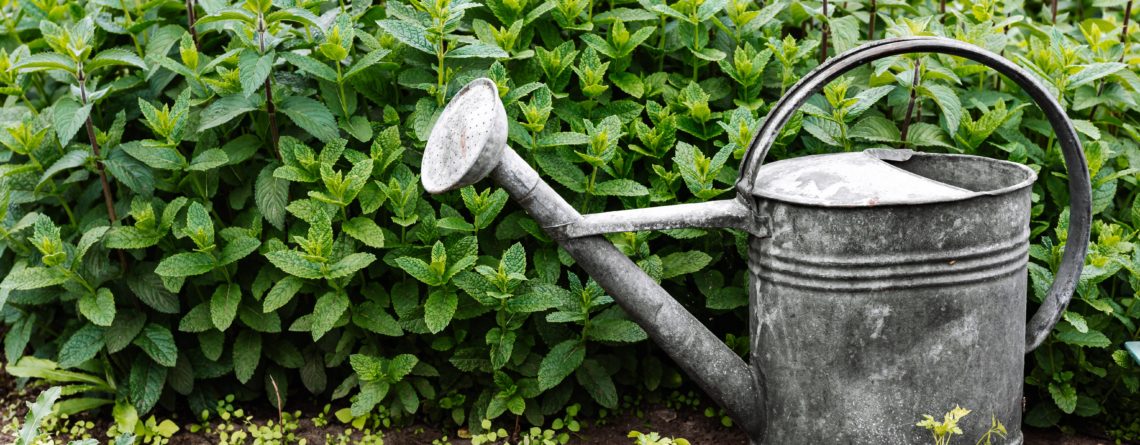
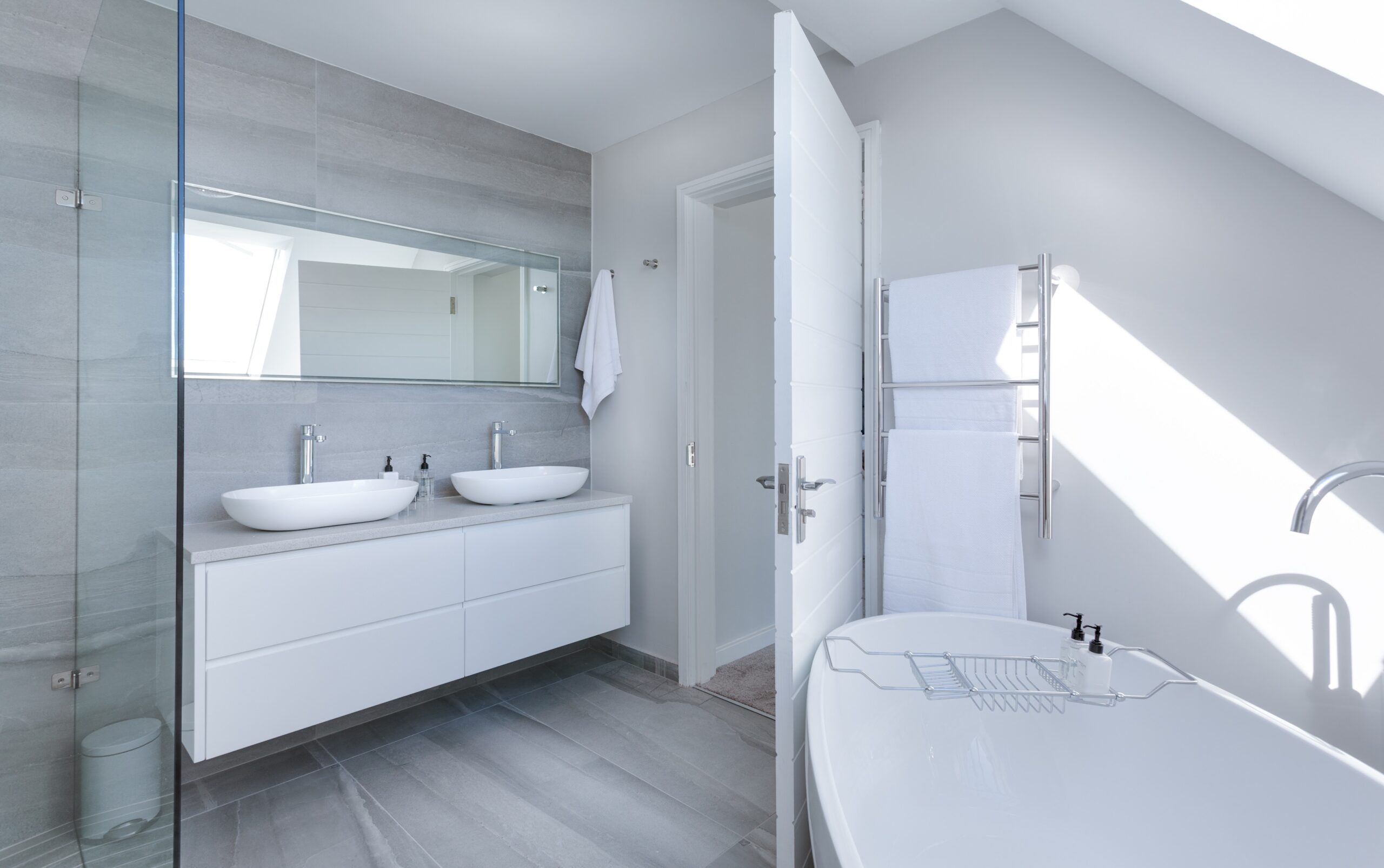
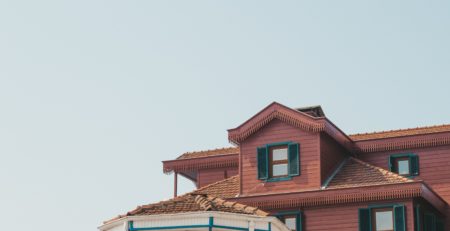
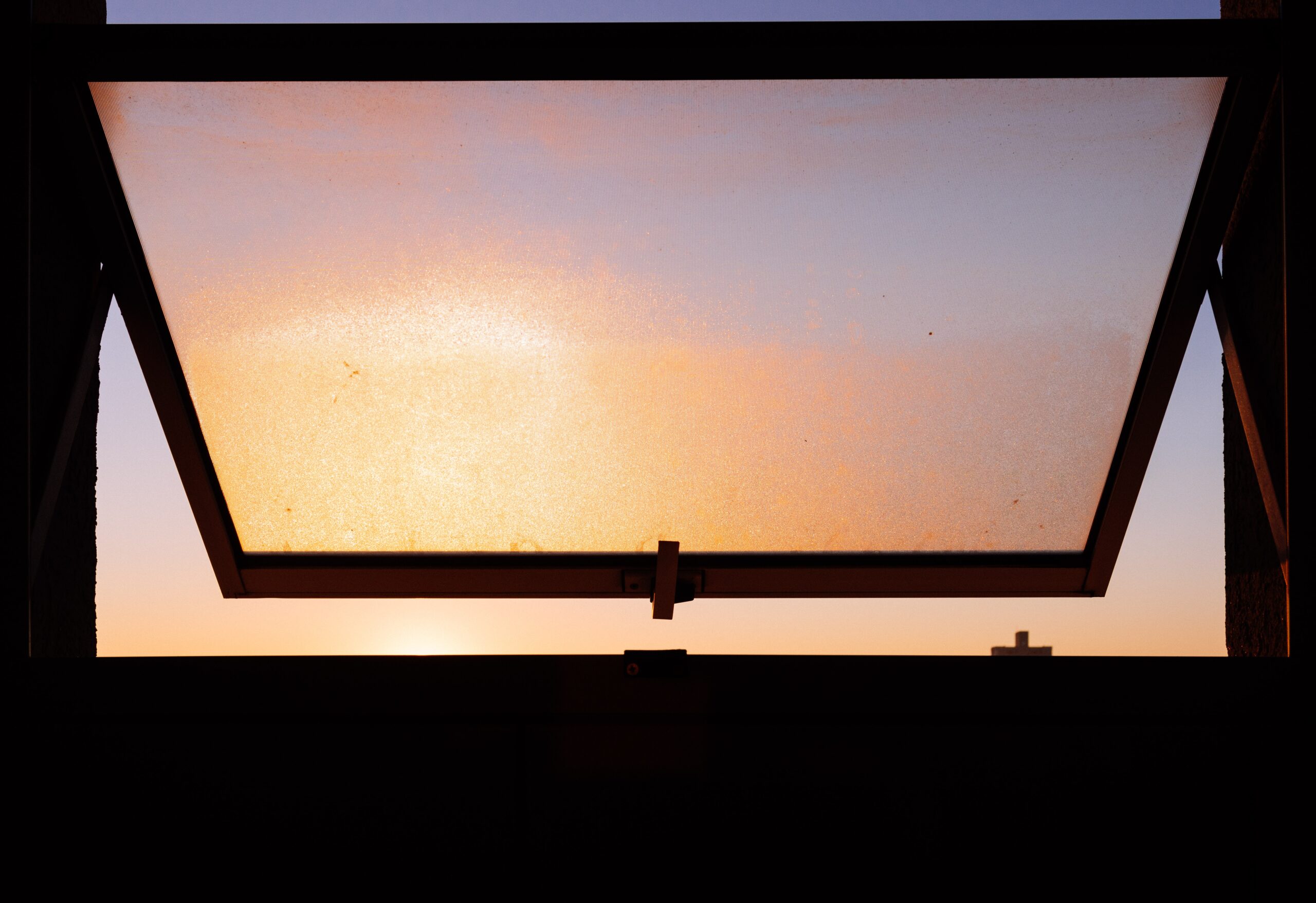
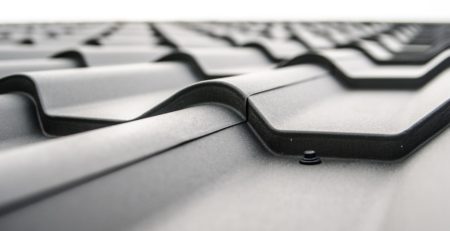
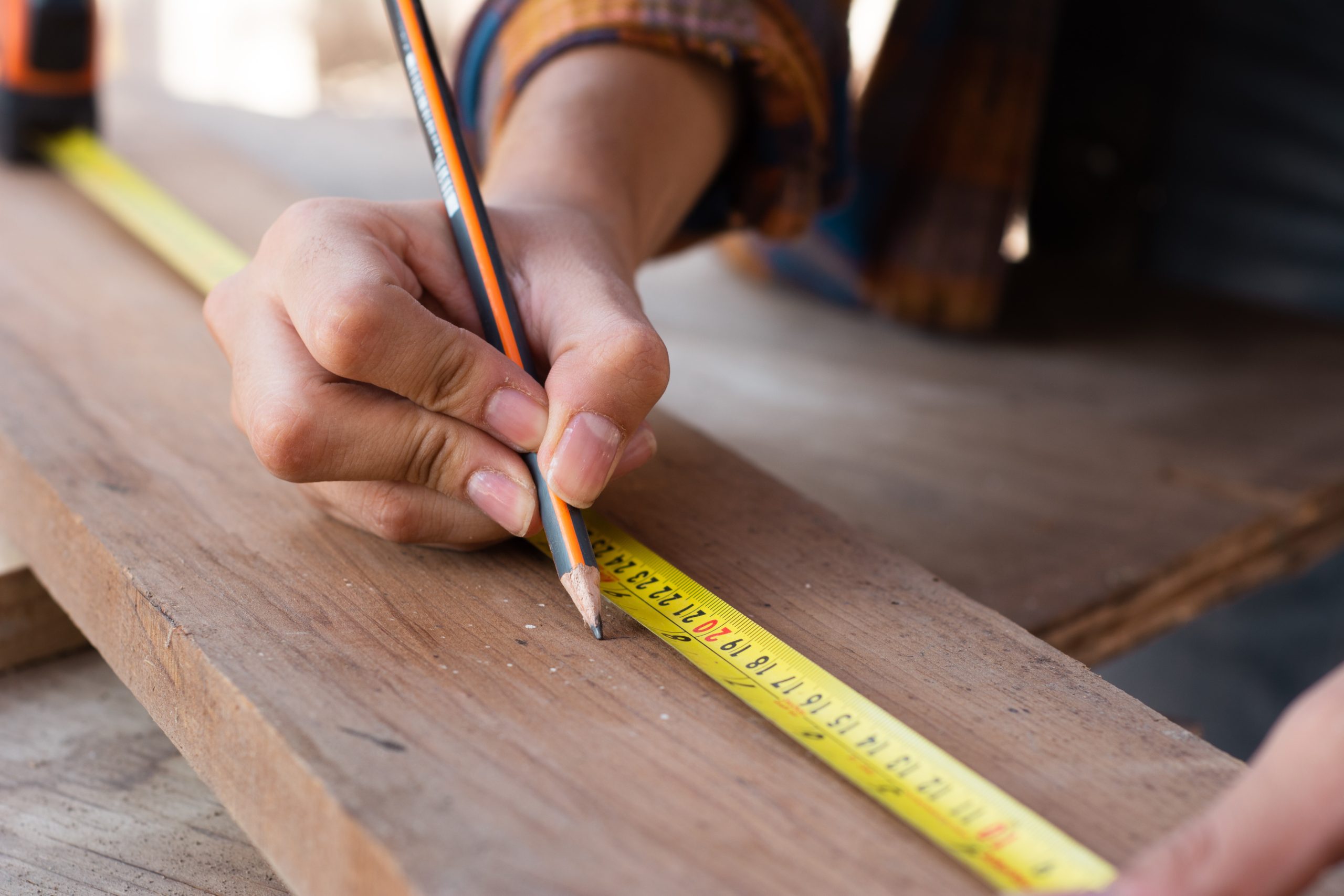




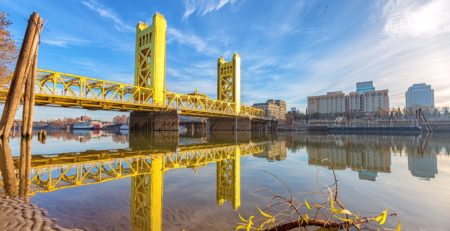
Leave a Reply